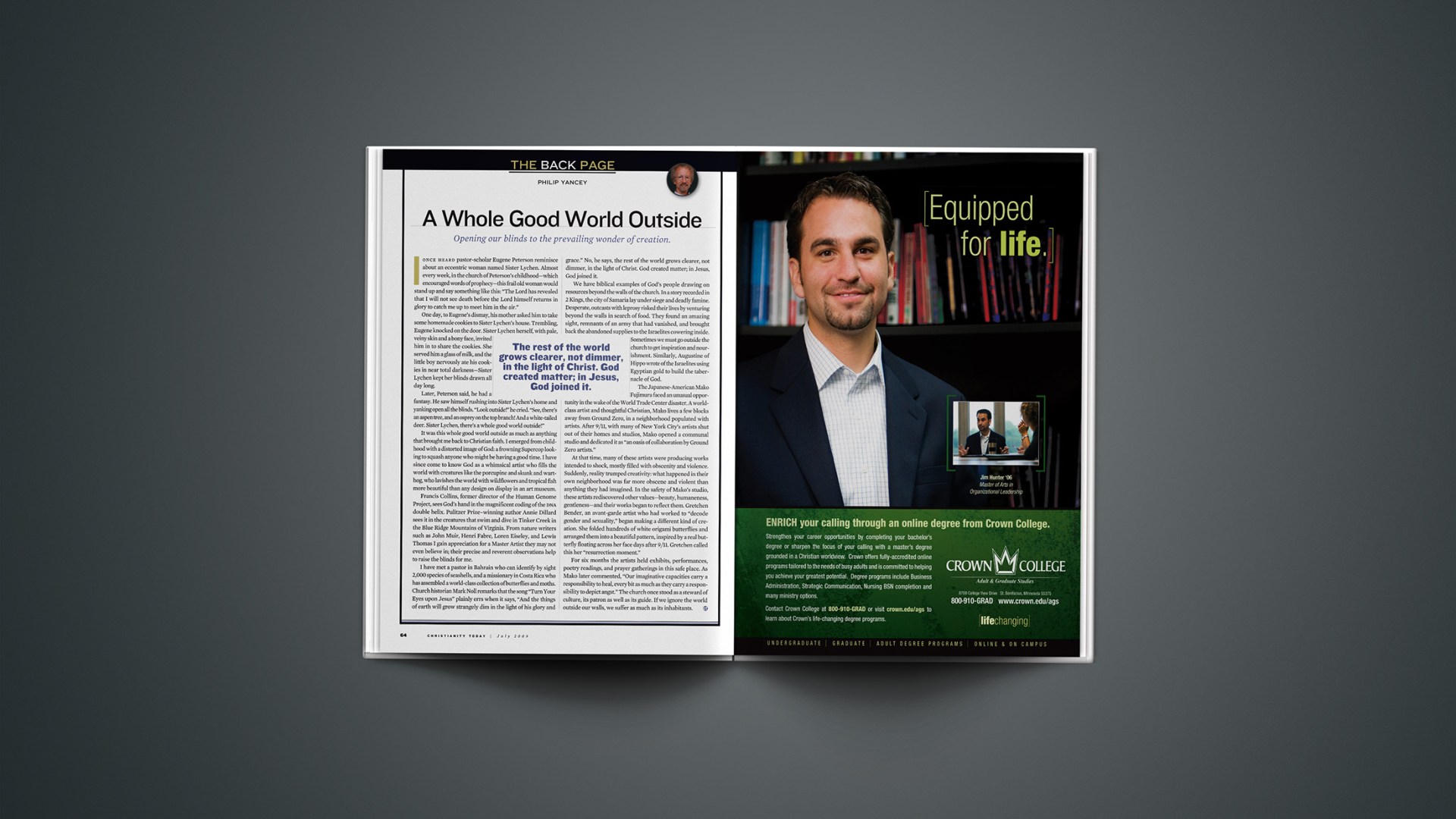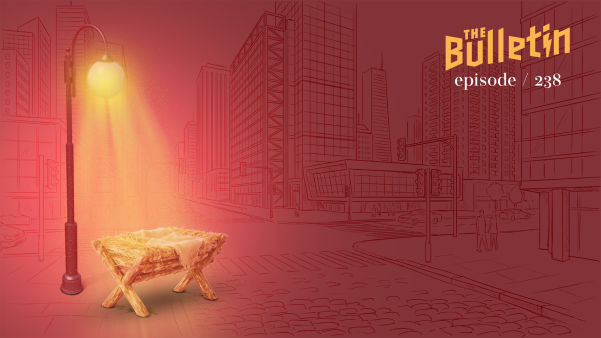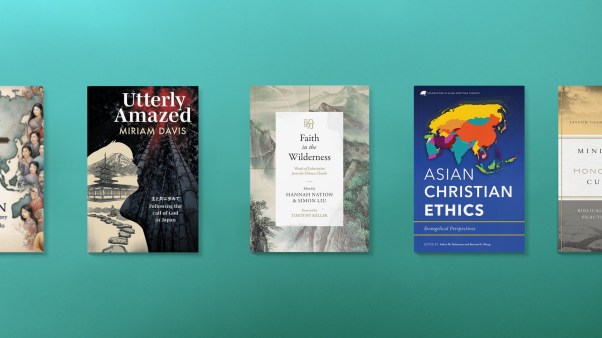I once heard pastor-scholar Eugene Peterson reminisce about an eccentric woman named Sister Lychen. Almost every week, in the church of Peterson’s childhood—which encouraged words of prophecy—this frail old woman would stand up and say something like this: “The Lord has revealed that I will not see death before the Lord himself returns in glory to catch me up to meet him in the air.”
One day, to Eugene’s dismay, his mother asked him to take some homemade cookies to Sister Lychen’s house. Trembling, Eugene knocked on the door. Sister Lychen herself, with pale, veiny skin and a bony face, invited him in to share the cookies. She served him a glass of milk, and the little boy nervously ate his cookies in near total darkness—Sister Lychen kept her blinds drawn all day long.
Later, Peterson said, he had a fantasy. He saw himself rushing into Sister Lychen’s home and yanking open all the blinds. “Look outside!” he cried. “See, there’s an aspen tree, and an osprey on the top branch! And a white-tailed deer. Sister Lychen, there’s a whole good world outside!”
It was this whole good world outside as much as anything that brought me back to Christian faith. I emerged from childhood with a distorted image of God: a frowning Supercop looking to squash anyone who might be having a good time. I have since come to know God as a whimsical artist who fills the world with creatures like the porcupine and skunk and warthog, who lavishes the world with wildflowers and tropical fish more beautiful than any design on display in an art museum.
Francis Collins, former director of the Human Genome Project, sees God’s hand in the magnificent coding of the DNA double helix. Pulitzer Prize-winning author Annie Dillard sees it in the creatures that swim and dive in Tinker Creek in the Blue Ridge Mountains of Virginia. From nature writers such as John Muir, Henri Fabre, Loren Eiseley, and Lewis Thomas I gain appreciation for a Master Artist they may not even believe in; their precise and reverent observations help to raise the blinds for me.
The rest of the world grows clearer, not dimmer, in the light of Christ. God created matter; in Jesus, God joined it.
I have met a pastor in Bahrain who can identify by sight 2,000 species of seashells, and a missionary in Costa Rica who has assembled a world-class collection of butterflies and moths. Church historian Mark Noll remarks that the song “Turn Your Eyes upon Jesus” plainly errs when it says, “And the things of earth will grow strangely dim in the light of his glory and grace.” No, he says, the rest of the world grows clearer, not dimmer, in the light of Christ. God created matter; in Jesus, God joined it.
We have biblical examples of God’s people drawing on resources beyond the walls of the church. In a story recorded in 2 Kings, the city of Samaria lay under siege and deadly famine. Desperate, outcasts with leprosy risked their lives by venturing beyond the walls in search of food. They found an amazing sight, remnants of an army that had vanished, and brought back the abandoned supplies to the Israelites cowering inside. Sometimes we must go outside the church to get inspiration and nourishment. Similarly, Augustine of Hippo wrote of the Israelites using Egyptian gold to build the tabernacle of God.
The Japanese-American Mako Fujimura faced an unusual opportunity in the wake of the World Trade Center disaster. A world-class artist and thoughtful Christian, Mako lives a few blocks away from Ground Zero, in a neighborhood populated with artists. After 9/11, with many of New York City’s artists shut out of their homes and studios, Mako opened a communal studio and dedicated it as “an oasis of collaboration by Ground Zero artists.”
At that time, many of these artists were producing works intended to shock, mostly filled with obscenity and violence. Suddenly, reality trumped creativity: what happened in their own neighborhood was far more obscene and violent than anything they had imagined. In the safety of Mako’s studio, these artists rediscovered other values—beauty, humaneness, gentleness—and their works began to reflect them. Gretchen Bender, an avant-garde artist who had worked to “decode gender and sexuality,” began making a different kind of creation. She folded hundreds of white origami butterflies and arranged them into a beautiful pattern, inspired by a real butterfly floating across her face days after 9/11. Gretchen called this her “resurrection moment.”
For six months the artists held exhibits, performances, poetry readings, and prayer gatherings in this safe place. As Mako later commented, “Our imaginative capacities carry a responsibility to heal, every bit as much as they carry a responsibility to depict angst.” The church once stood as a steward of culture, its patron as well as its guide. If we ignore the world outside our walls, we suffer as much as its inhabitants.
Copyright © 2009 Christianity Today. Click for reprint information.
Previous columns by Philip Yancey are available on our site, and include:
Surveying the Wondrous Cross | Understanding the Atonement is about more than grasping a theory. (May 27, 2009)
A Dream That Won’t Die | The meaning of the election; the work yet to be done. (March 2, 2009)
A Surefire Investment | How to pray in the midst of financial catastrophe. (February 3, 2009)










